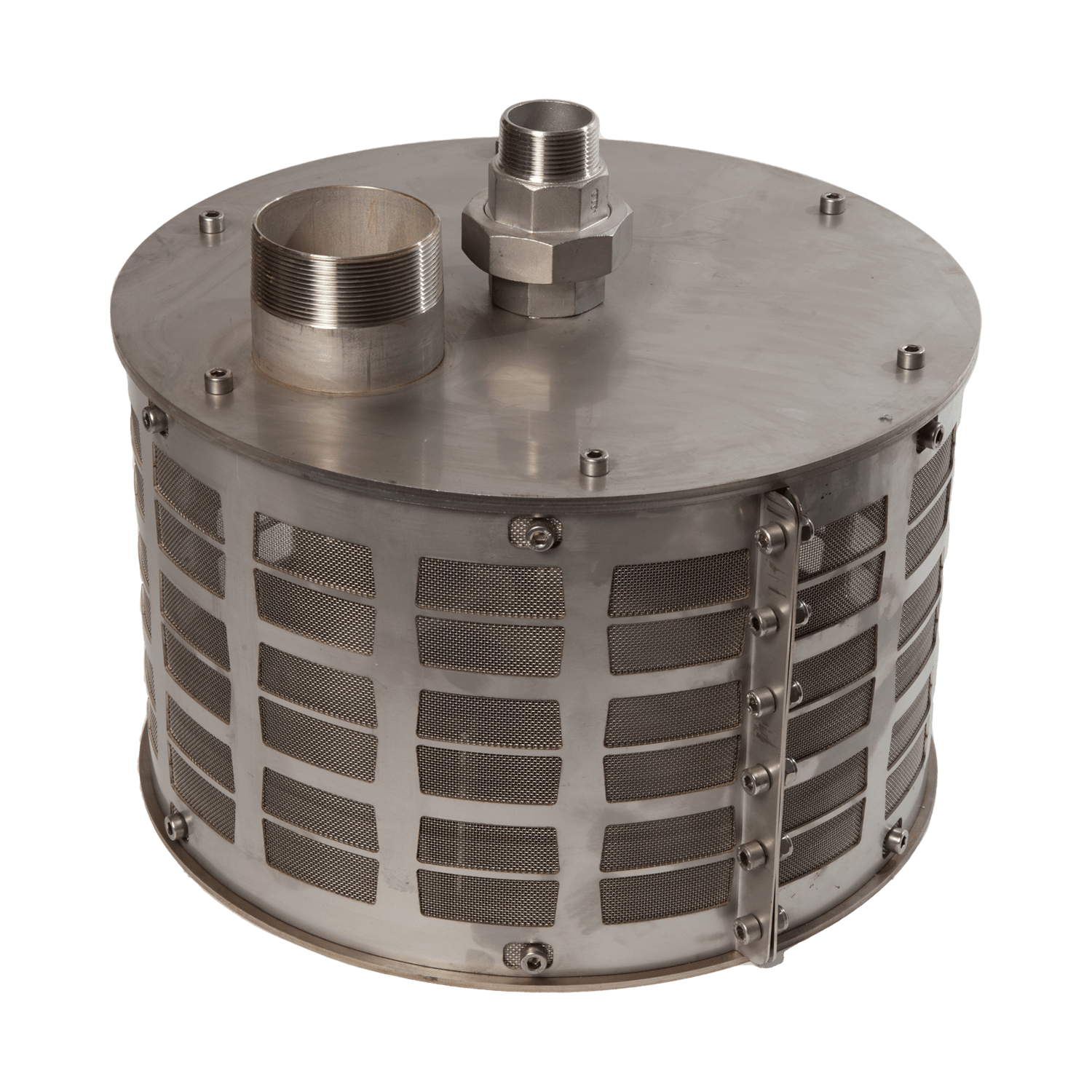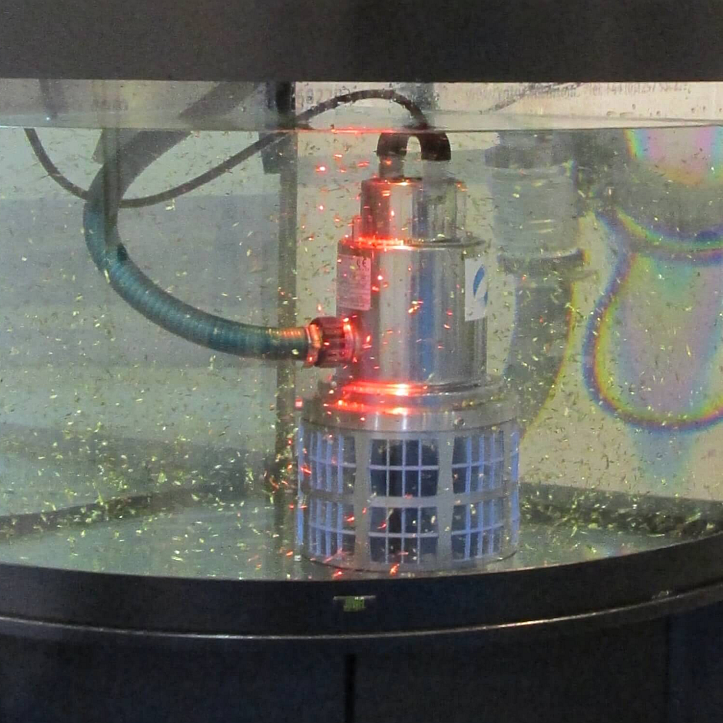
How Rotorflush GT200 Liquid Solids Separators Work
How Rotorflush GT200 Liquid Solids Separators filter out debris and pump filtered water onwards for re-use or disposal. Debris and particulate left behind by our unique self-cleaning filtration technology is purged from an outlet below the separator as required.














